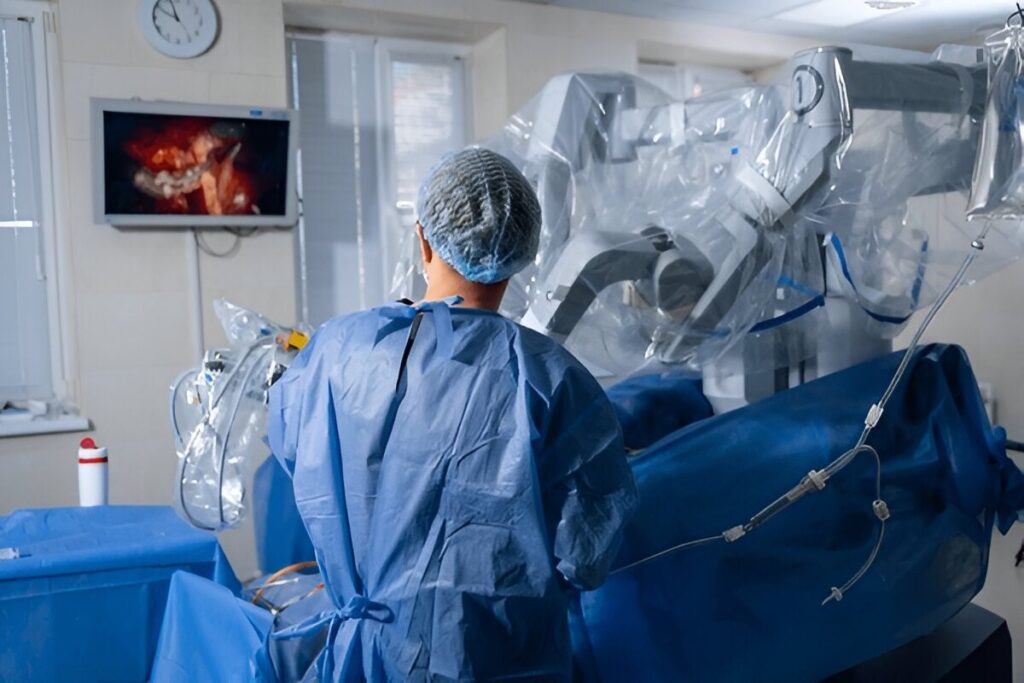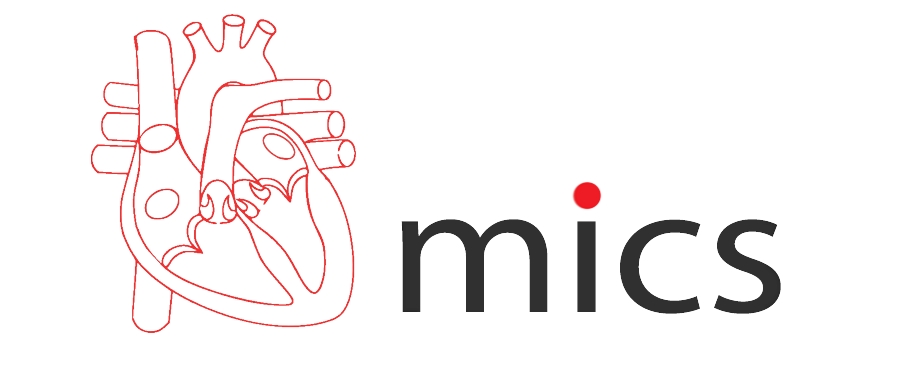Facing heart surgery is never just a medical decision it’s a deeply emotional one. Alongside medical reports and doctor consultations come waves of worry, uncertainty, and hope. And when you hear the words “robotic heart surgery,” that hope can easily turn to hesitation. Will a machine be operating on me? Is it as safe as traditional surgery?
At Micsheart, we meet you at the intersection of fear and trust. Robotic-assisted cardiac surgery is not about replacing human hands but enhancing them with greater precision, smaller incisions, and a gentler recovery. Our goal is simple: to make healing safer, smarter, and more compassionate.

What Makes People Worry About ‘Robotic’ Surgery?
We often find that what people fear most about robotic heart surgery isn’t the procedure itself it’s the idea of a robot being involved. Popular culture can make it seem like machines are making independent decisions. But in the operating room, robotic systems are far from autonomous.
Robotic-assisted surgery simply allows your heart surgeon to perform delicate procedures through tiny incisions, using robotic instruments that mimic the surgeon’s exact hand movements with enhanced precision. Every single motion is controlled by the surgeon in real time from start to finish.
Still, patients have shared real, honest concerns:
- “What if the machine fails during surgery?”
- “Will the surgeon be there the whole time?”
- “Is this technology too new to trust?”
These questions are valid—and at Micsheart, we answer each one with transparency and empathy. The truth is, robotic heart surgery has been in practice for years, trusted by top hospitals globally. It’s not new—it’s simply advanced. The surgeon is not replaced, but empowered.
By gently separating myth from fact, we find that fear often gives way to understanding—and eventually, to peace.
Heart Surgeries Risks and Benefits
All heart surgeries, whether traditional or robotic-assisted, carry a degree of risk. Common surgical risks include:
- Bleeding
- Infection
- Blood clots
- Reaction to anesthesia
These are not unique to robotic procedures. However, robotic-assisted surgery often helps reduce certain risks due to its minimally invasive nature. Smaller incisions mean:
- Less blood loss
- Reduced chance of infection
- Shorter time in the hospital
- Quicker recovery
- Less scarring
Rather than open the chest through a large incision, robotic surgery is done through keyhole incisions often just a few centimeters wide. This approach is not only more precise, but it also minimizes trauma to the body, helping patients return to daily life more comfortably.
What’s most important to remember is this: the technology serves the surgeon, not the other way around. The hands guiding your procedure belong to an experienced cardiac specialist supported by advanced tools designed for your safety.
Real Patient Experiences From Fear to Confidence
Many patients come to us with hesitation about robotic surgery. Some have even delayed care due to their uncertainty. But once they understand the approach, meet their surgical team, and hear from others who have gone through the experience they often feel reassured, even empowered.
“Seeing my mother-in-law walk and return to her routine just two days after surgery felt incredible. The care, clarity, and support we received made everything from paperwork to recovery smooth and reassuring.” Manish
Stories like this are not uncommon. When the unknown becomes known, the fear begins to lift.
Is Robotic Surgery Right for Everyone?
Robotic surgery is not a one-size-fits-all solution. Certain complex cardiac conditions or emergency scenarios may still require open-heart surgery. What matters most is determining the right approach for your specific condition.
At Micsheart, every care plan is thoughtfully created. You’re not just evaluated you’re heard. Your health history, your concerns, your goals they’re all part of the conversation.
Our team is deeply experienced in both traditional and robotic cardiac procedures, which allows us to make recommendations based on what’s best for you, not just what’s available.
The People Behind the Precision
While technology plays a vital role, it’s the people behind the system who make the difference. At Micsheart, robotic heart surgeries are performed by Dr. Sathyaki P. Nambala, a renowned expert in minimally invasive cardiac surgery with a long track record of successful outcomes.
The robotic system acts as an extension of the surgeon’s skill not a substitute. Every incision, every stitch, every decision comes from the heart and mind of a highly trained professional who is by your side throughout the journey.
We encourage patients to ask questions:
- What are the benefits of robotic surgery in my case?
- How experienced is the surgical team?
- What should I expect during recovery?
Asking questions helps build trust. And trust is where healing begins.
Conclusion: Trusting the Journey
It’s perfectly natural to fear what you don’t yet understand. But when facts replace myths—and when you’re guided by a team that prioritizes your comfort, your safety, and your dignity those fears can fade into confidence.
Robotic heart surgery is not a leap into the unknown. It’s a carefully crafted, deeply human advancement in cardiac care. And at Micsheart, it’s carried out with steady hands, open conversations, and unwavering commitment to your wellbeing.
We’re here not just to operate but to walk with you, reassure you, and help you recover in a way that’s gentler, faster, and full of hope.

Dr. Sathyaki Nambala
🗣 English, Hindi
Get Directions

